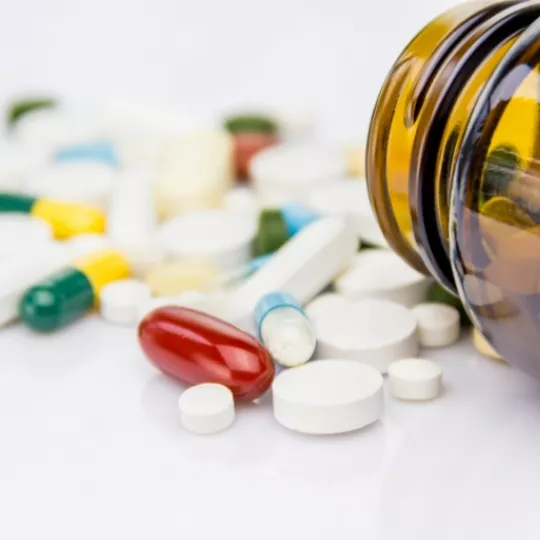
Nitrosamines are chemical compounds classified as probable human carcinogens on the basis of animal studies. This means that long-term exposure above certain levels may increase the risk of some cancer. There is a very low risk that nitrosamine impurities at the levels found in medicines could cause cancer in humans.
EU regulators first became aware of nitrosamines in medicines in mid-2018 when nitrosamine impurities, including N-nitrosodimethylamine (NDMA), were detected in blood pressure medicines known as 'sartans'.
Scientific experts in the EU carried out a review of these impurities under Article 5(3) of Regulation (EC) No 726/2004 and provided guidance for marketing authorisation holders to avoid the presence of nitrosamine impurities in their medicines.
Marketing authorisation holders are responsible for ensuring that every batch of their finished product is of satisfactory quality. This includes the raw materials like active substances and other ingredients used to make them. They should take into account the published guidance along with knowledge of the manufacturing processes for their products and all other relevant scientific evidence.
EMA continues to work closely with the EU national authorities, the European Directorate for the Quality of Medicines & HealthCare (EDQM) and with its international partners to ensure that companies are taking appropriate measures to limit nitrosamine impurities in their products.